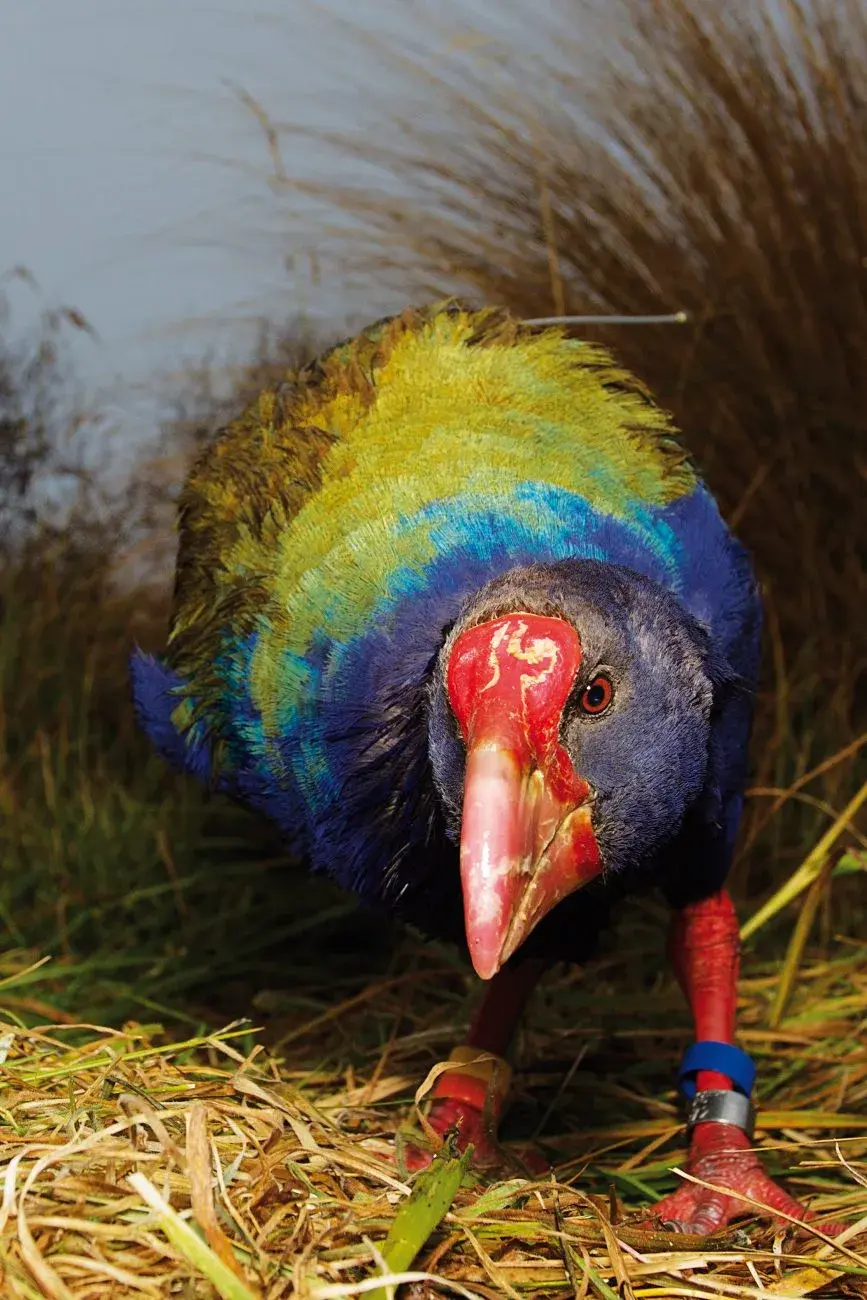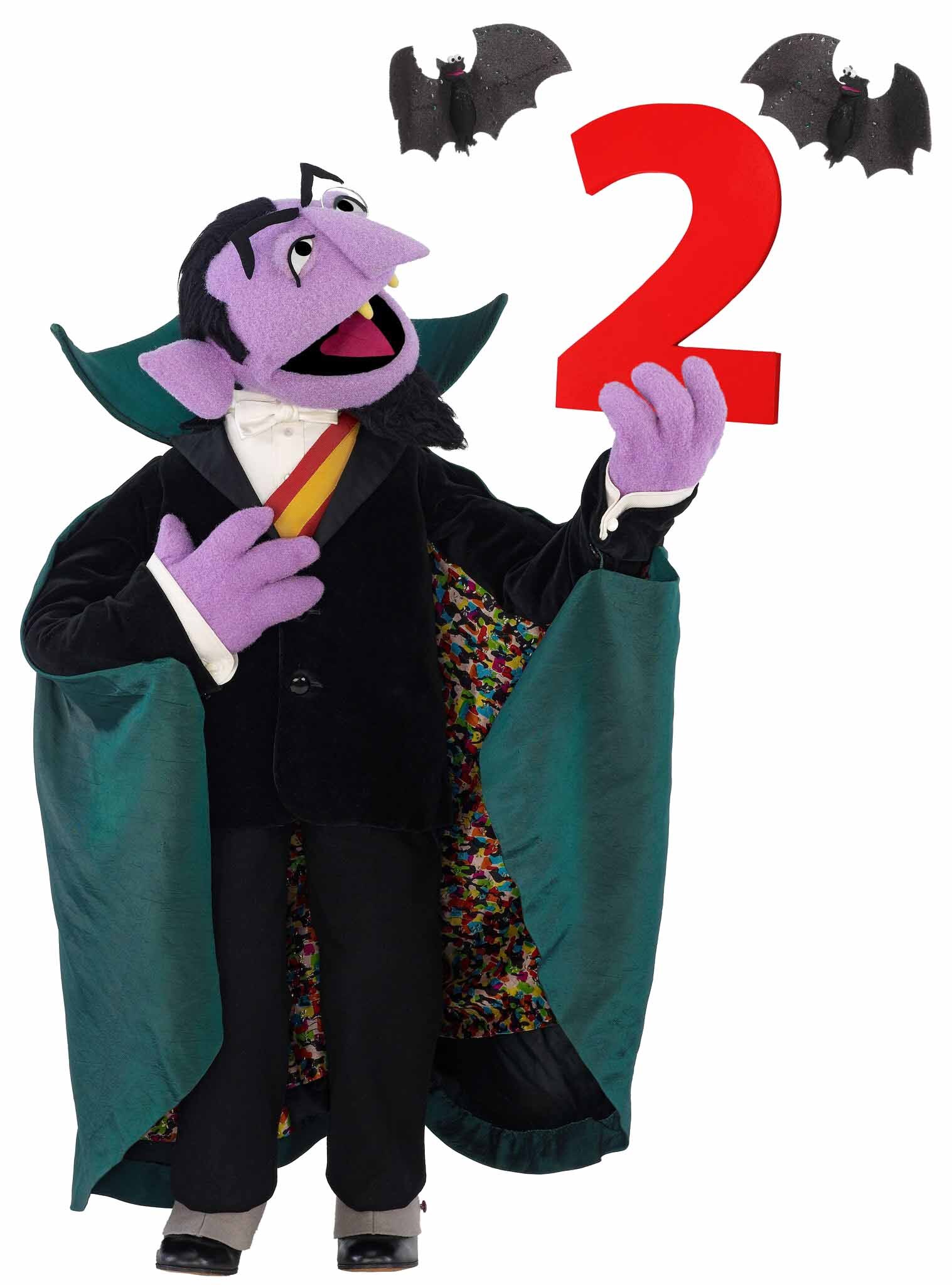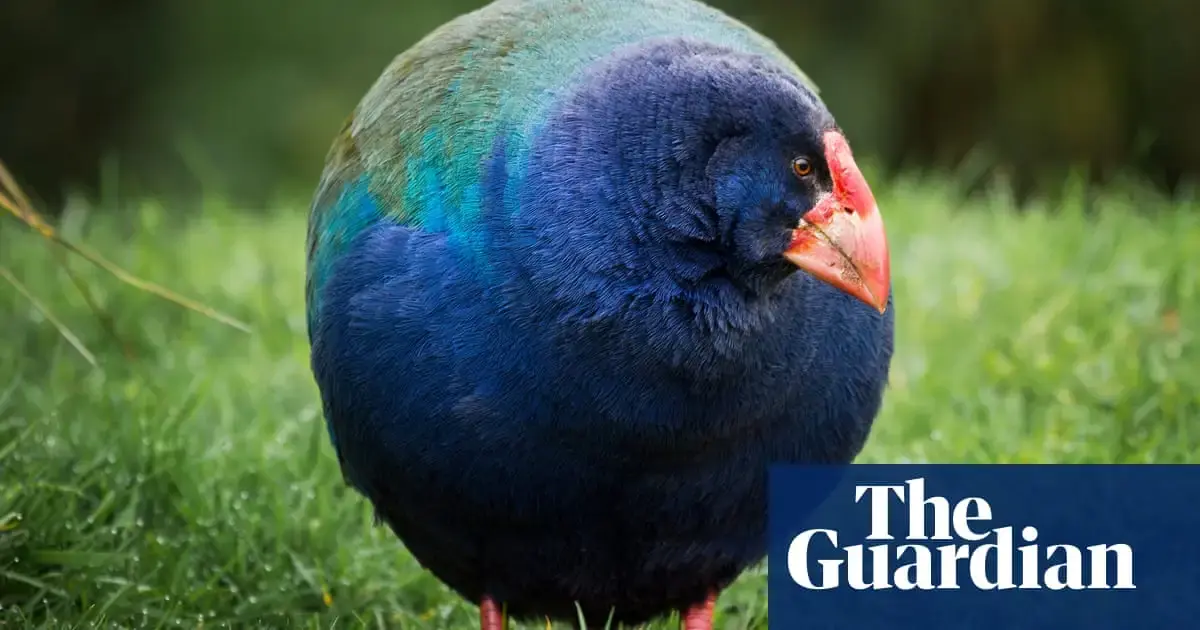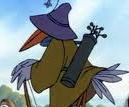In New Zealand, the return of wild takahē populations marks a cautiously celebrated conservation victory, and the return of one of the world’s rarest creatures. The birds had been formally declared extinct in 1898, their already-reduced population devastated by the arrival of European settlers’ animal companions: stoats, cats, ferrets and rats. After their rediscovery in 1948, their numbers are now at about 500, growing at about 8% a year.
Well it does help when they aren’t mistaken for pūkeko…
That’s horrible! What a shame. At least they owned up to doing it, but that had to be devastating to anyone in the recovery effort.
Id hadnt heard of these guys, but learning about them has been neat. Its nice to see an ecological success story.

Look at them! New zealand has the best assortment of small dinosaurs.
I’m from the US, and usually all we hear about Australia and New Zealand is of the scary, deadly animals. I’ve been happy to see so many articles on Lemmy about all the work they are doing on endangered animals like this bird and the bandicoots.
I’m also surprised that so many of these programs seem to involve indigenous people. I don’t know much about that part of the world, but I wish we would involve our native people in things like this. It feels we still keep ourselves cut off from each other. It makes all these feel good animal stories into feel good people stories.
New Zealand doesn’t really have any deadly animals.
No scorpions, snakes (other than the very appearance of a sea-snake), crocs, large cats, bears, etc. Our most venomous spiders can generally only make most people a little bit unwell. We might occasionally see a potentially dangerous shark but they’re so rare that I can’t recall when a notable attack happened.
Our insects aren’t generally disease spreaders - though we’ve come close a few times to some getting a foothold.
Colonists introduced many destructive species but nothing very personally dangerous. In theory there could still be moose, but it seems unlikely.
The only NZ native land-mammal is a tiny bat as far as I know.
There is the small problem with orcs, goblins, trolls and Australians… but it’s okay, we have a wizard (retired?).
How very dare you. Two tiny bats!
I missed the other ones… Must’ve been hiding behind the first one…
Long tailed bat and short tailed bat.
We used to have 3 but the bigger version of short tailed bats died out.
Two! Two bats!

(The actual bats don’t look anything like these bats. This is just a tribute)
Lol, you two have me picturing literally just 3 bats in the whole country and the middle one being upset he isn’t biggest or smallest and is plotting to take one of the other 2 out.
Want a another fun fact? The bats evolved to spend a lot of time just walking around on the ground.
And, there’s a special species of fly that lost the ability to actually fly, and for transport it rides around on the backs of the short tailed bats.
Edit: links in next comment.
Thank you for all that! As I said, we don’t seem to get taught much about that part of the world. LotR is probably the only NZ thing I can recall of the top of my head, which is pretty embarrassing.
In that case let’s really blow your mind…
A Kiwi is a bird or a person, not a fruit.
… Also New Zealand is comprised of three major islands North Island, South Island and West Island… Also some of my facts may be slightly inaccurate - but not the bit about the fruit.
I had heard the kiwi stuff, but you had me second guessing myself!
I did look up the island names since I had never heard Aotearoa before, and a few of the blurbs say there are a few hundred actual islands that make up New Zealand, but it seems nobody can agree on an actual number because they all have a different estimate.
The deadly animals are from Australia, not New Zealand.
Fun fact: Australia and New Zealand are 2,516 miles apart, and don’t share much of the same wildlife.
The Indigenous people of Aotearoa make up 16% of the population so they are demographically a much larger political and social force than in the US or Australia.
I’ve posted several articles about links between various Indigenous cultural traditions and ecological conservation over at !conservative@kbin.social if you’re interested.
deleted by creator
It means the species was around for a long time before they thought it went extinct.
As stated in the article:
Their presence in Aotearoa dates back to at least the prehistoric Pleistocene era, according to fossil remains.
deleted by creator
When it comes to animals they’re not usually referring to only “before writing” prehistory but rather “before humans” or “from early humans and older” prehistory. It’s more of a colloquial use of the term referring to some of the oldest species of animals.
Though you’d be surprised at how many species have only evolved in the past 5000 years or so.
One day perhaps they’ll be seen again more commonly as is now the case with tui and kererū in some areas.
At 8% they’re probably going to outperform KiwiSaver… but maybe not savers of kiwi.



